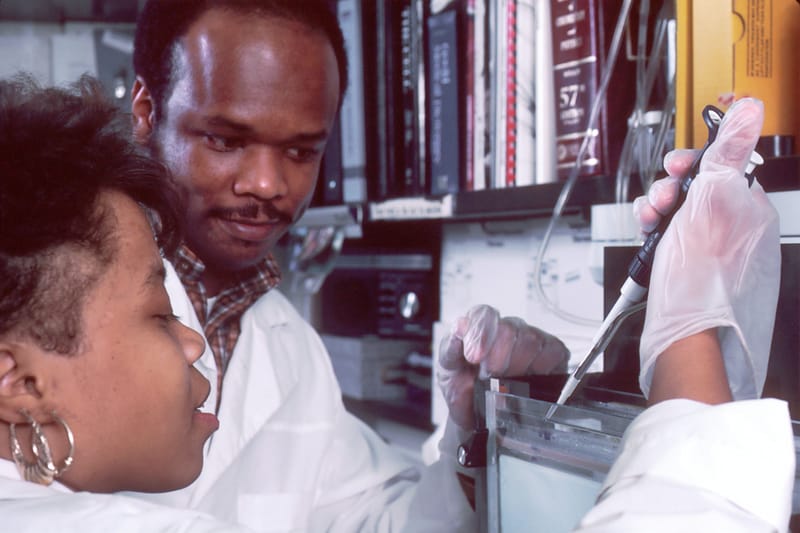Chronic Leukemia

Leukemia is a disease of the blood and bone marrow that occurs on the background of genetic predispositions to cancer. Leukemia affects the cellular process of maturation, causing the accumulation of immature blood cells in the spinal marrow and bloodstream. In some cases leukemia causes the incomplete cells to multiply very quickly, while in other cases the abnormal blood cells have prolonged periods of life and persist in different places inside the body. Incomplete blood cells can’t substitute for normal blood cells, as they can’t carry out their roles. The cells affected by leukemia are therefore incompatible with the organism and can cause serious damage.
Judging by the speed of development and the persistence of the disorder, there are two types of leukemia: acute leukemia and chronic leukemia. Judging by the types of stem cells affected by the disorder, leukemia can either be lymphocytic or myelogenous.
Acute leukemia is different from chronic leukemia by the levels that stem cells are able to reach in their development (stem cells that present anomalies still manage to partially develop and either resemble immature cells or complete, normal white blood cells).
Acute leukemia is a form of cancer that develops very rapidly. It is manifested through overpopulation of the blood with immature cells that are unable to fulfill the functions of normal blood cells. In the case of acute leukemia, the marrow is unable to produce normal quantities of red blood cells, white blood cells and platelets. Patients who suffer from leukemia also develop anemia, a deficiency of normal red blood cells. Also, a decreased number of white blood cells reduces the body’s ability of overcoming infections, while the lack of platelets facilitates inflammation and bleeding.
Chronic leukemia tends to develop slower than acute leukemia. In the case of chronic leukemia, the body is able to produce blood cells that are more mature than those produced in acute leukemia. Although these cells may appear incomplete, they can’t fulfill their roles inside the organism and tend to cluster at different levels of the body. They also have a longer period of life.
Chronic leukemia of lymphocytic form is known to affect a type of blood cell called B lymphocyte. The disease weakens the immune system, interferes in the normal activity of the spinal marrow and facilitates the access of harmful cells to body organs. Chronic lymphocytic leukemia first occurs at the levels of the bone marrow, but can quickly spread to different organs and tissue through the bloodstream.
The presence of chronic lymphocytic leukemia is usually revealed by blood tests and careful body examination. Although apparently some people may have no symptoms of the disease, other patients may experience fatigue, lack of concentration, poor balance, memory loss, deterioration of vision and hearing, vertigos, body weakness, joint and bone pains. Just like in other forms of the disease, chronic leukemia requires immediate specific treatment and therapy. The chances of fully overcoming the disease are considerably enhanced if it is discovered quickly.
